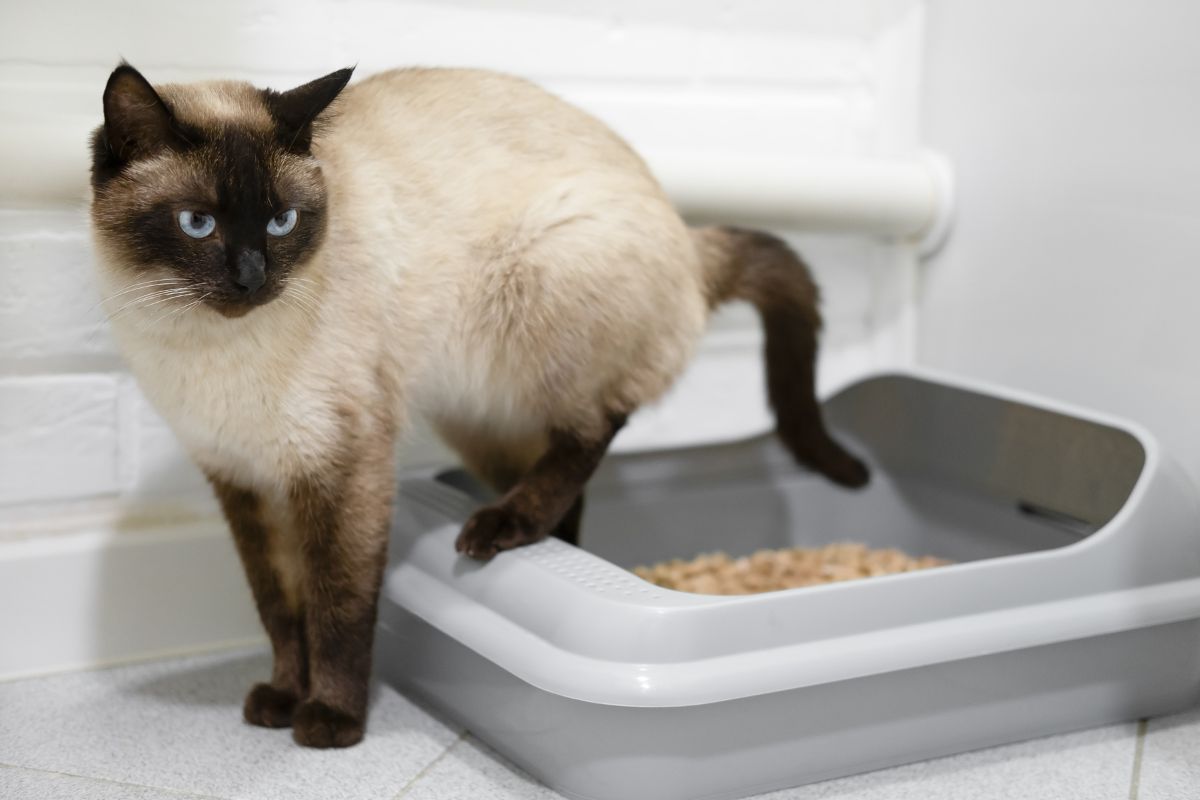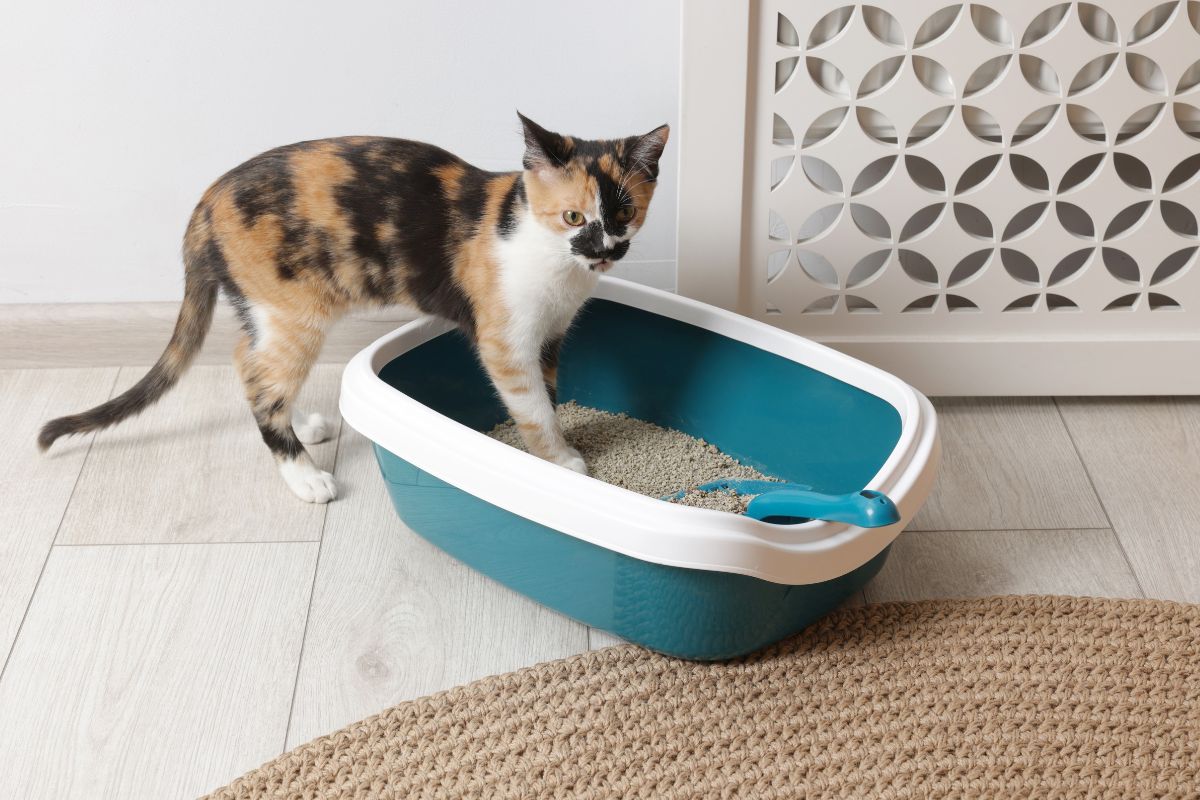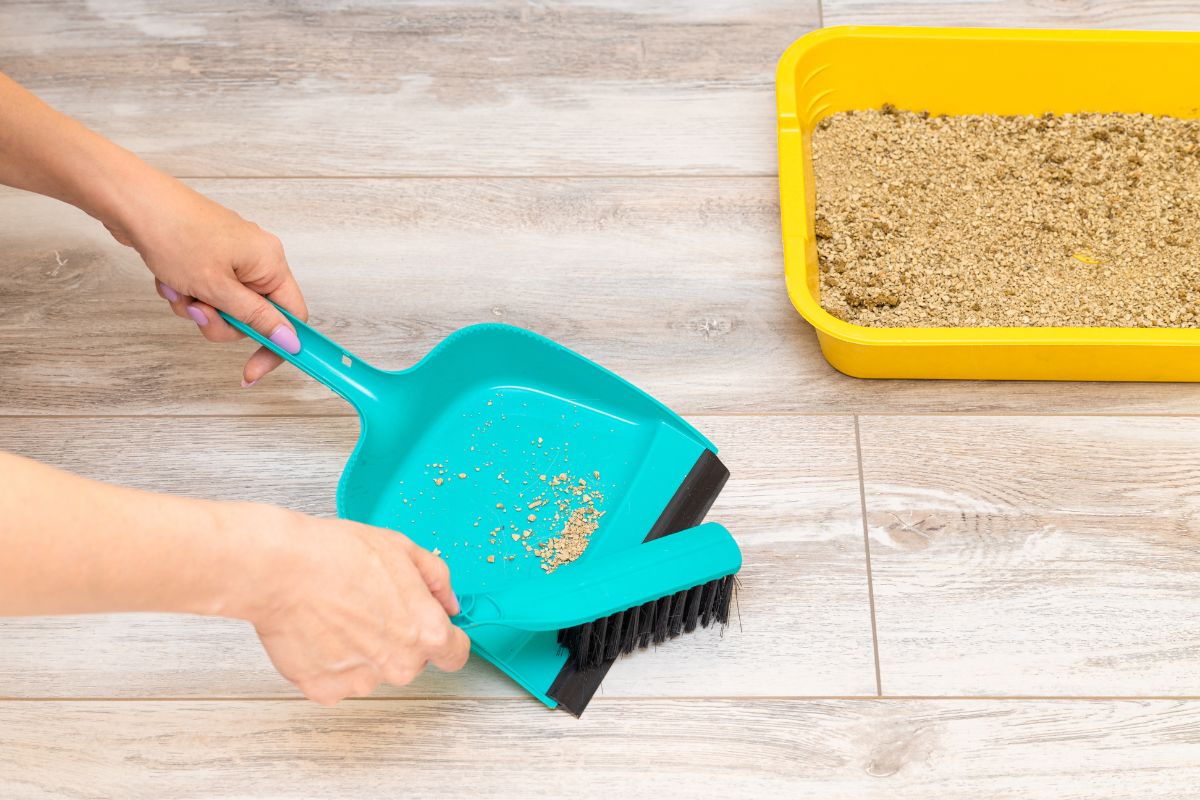One of the biggest challenges for new cat owners is teaching their cats to use the litter box properly. Without early training, cats may eliminate around the house, creating unpleasant odors and hygiene problems. This guide will walk you through step-by-step methods on how to train a cat to use the litter box, even if you’re a complete beginner.
Why is it important to train cats to use the litter box?
Unlike dogs, cats instinctively prefer to bury their urine and feces to mask scents. However, without a suitable litter box or proper training, they may relieve themselves on carpets, behind furniture, or in corners. This not only causes inconvenience but also creates unhealthy conditions as bacteria and odors build up.
Training a cat to use the litter box ensures a cleaner home environment while also giving your cat comfort and security in their daily routine.

Preparing the litter box and cat litter
For successful training, the right setup is essential:
- Box size: large enough for your cat to step in, turn around, and dig comfortably.
- Type of litter: clumping litter with good odor control and minimal dust to prevent respiratory irritation.
- Placement: quiet, low-traffic areas that are still easy for your cat to find.
For kittens, choose shallow boxes for easy entry. Adult cats may prefer larger boxes, with or without lids, depending on their personality.

Step-by-step guide to training your cat to use the litter box
Step 1: Introduce the litter box
When you first bring your cat home, place them gently in the box a few times a day, especially after meals and naps—times when cats usually need to go.
Step 2: Make the scent familiar
If your cat eliminates outside the box, scoop the waste and place it in the litter box. The familiar smell helps them understand where they should go.
Step 3: Reward correct behavior
Whenever your cat uses the litter box, praise them gently or give a small treat. Positive reinforcement helps them associate the litter box with rewards.
Step 4: Keep the box clean
Cats are naturally clean. If the litter box is dirty, they may avoid it. Scoop daily and replace the litter completely 1–2 times per week to maintain hygiene.

Step 5: Be consistent and patient
Every cat learns at their own pace. Some may adapt within days, while others take weeks. Patience and consistency are key—avoid scolding, as it often makes the problem worse.
Tips when training cats to use the litter box
- Number of boxes: ideally, one per cat plus one extra. For example, two cats = three boxes.
- Don’t move the box suddenly: sudden changes can confuse your cat. If relocation is necessary, shift it gradually over several days.
- Avoid strong cleaners: harsh chemical smells may discourage cats. Use mild, unscented cleaners for box hygiene.
What if your cat still refuses the litter box?
If your cat continues eliminating outside the litter box, possible reasons include:
- Dirty or unsuitable box: cats dislike unclean or poorly chosen boxes.
- Stress factors: new environments, loud noises, or the presence of other pets.
- Health problems: urinary tract infections, bladder stones, or digestive issues can cause accidents.
In such cases, a vet check-up is recommended. A proper diet also plays a vital role in supporting urinary health. Products such as Vet’s Selection Cat Kidney Care PP or Vet’s Selection Cat Kidney Care BP are specially formulated to maintain urinary tract health and balanced pH, helping cats feel more comfortable during elimination.

Long-term benefits of proper litter box training
Teaching your cat to use the litter box correctly brings lasting advantages:
- A cleaner, odor-free living environment.
- Reduced bacterial buildup and better household hygiene.
- Cats feel safer and more confident when their routines are consistent.
- Stronger bonds between cats and owners thanks to patient training and positive experiences.
Training cats to use the litter box isn’t difficult if you understand their instincts and apply the right methods. From choosing the right litter box and maintaining cleanliness to rewarding correct behavior, each step plays an important role in shaping good habits.
With a little patience, attention, and love, your cat will become more disciplined, leaving you with a clean, comfortable home environment for the whole family.


 Vietnamese
Vietnamese  日本語
日本語  English
English 



